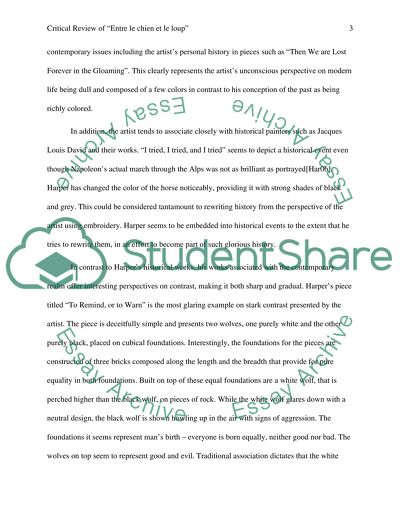Cite this document
(“Critical Review of Entre le chien et le loup Essay”, n.d.)
Critical Review of Entre le chien et le loup Essay. Retrieved from https://studentshare.org/visual-arts-film-studies/1470848-critical-review-of-entre-le-chien-et-le-loup
Critical Review of Entre le chien et le loup Essay. Retrieved from https://studentshare.org/visual-arts-film-studies/1470848-critical-review-of-entre-le-chien-et-le-loup
(Critical Review of Entre Le Chien Et Le Loup Essay)
Critical Review of Entre Le Chien Et Le Loup Essay. https://studentshare.org/visual-arts-film-studies/1470848-critical-review-of-entre-le-chien-et-le-loup.
Critical Review of Entre Le Chien Et Le Loup Essay. https://studentshare.org/visual-arts-film-studies/1470848-critical-review-of-entre-le-chien-et-le-loup.
“Critical Review of Entre Le Chien Et Le Loup Essay”, n.d. https://studentshare.org/visual-arts-film-studies/1470848-critical-review-of-entre-le-chien-et-le-loup.


